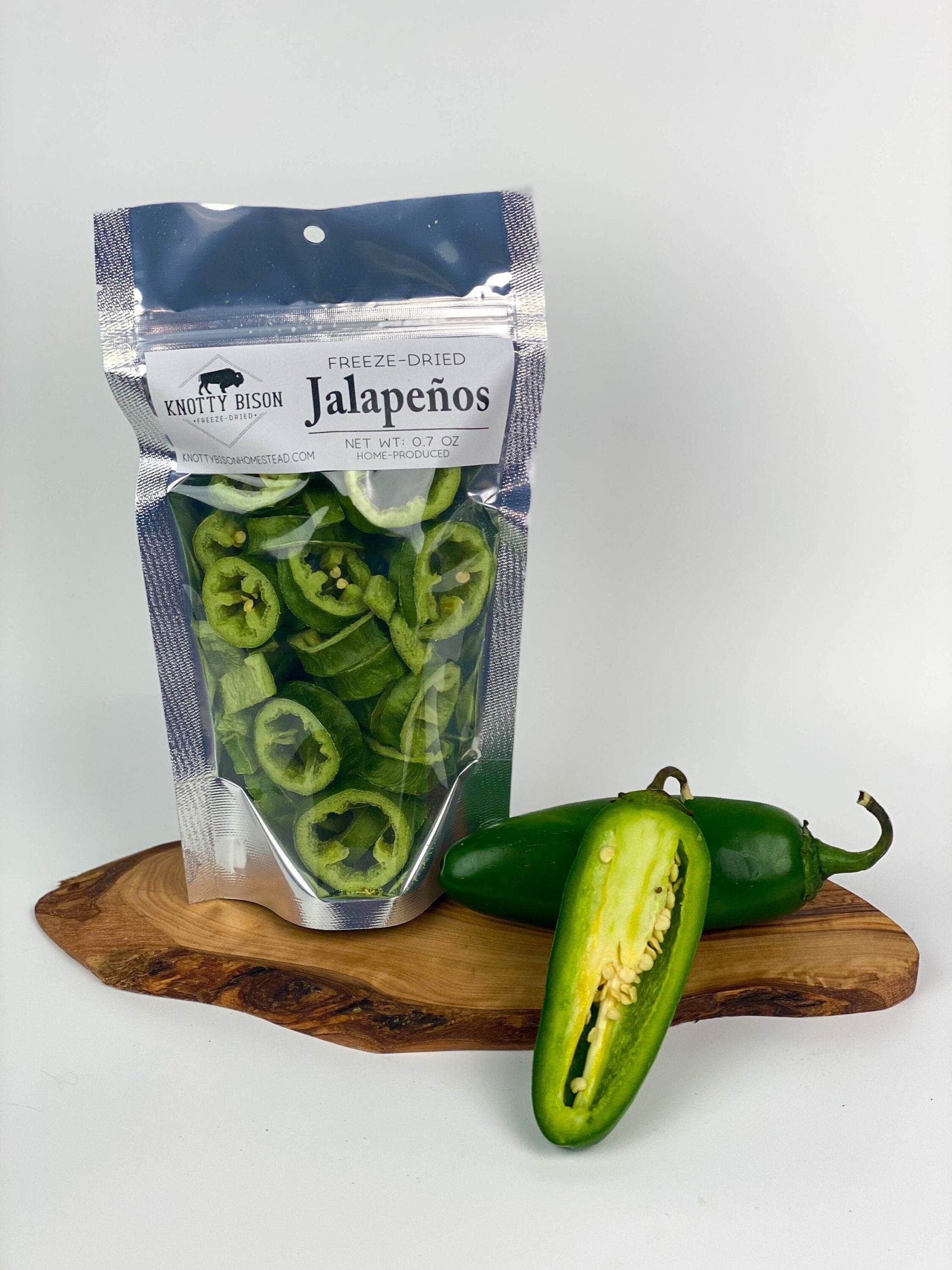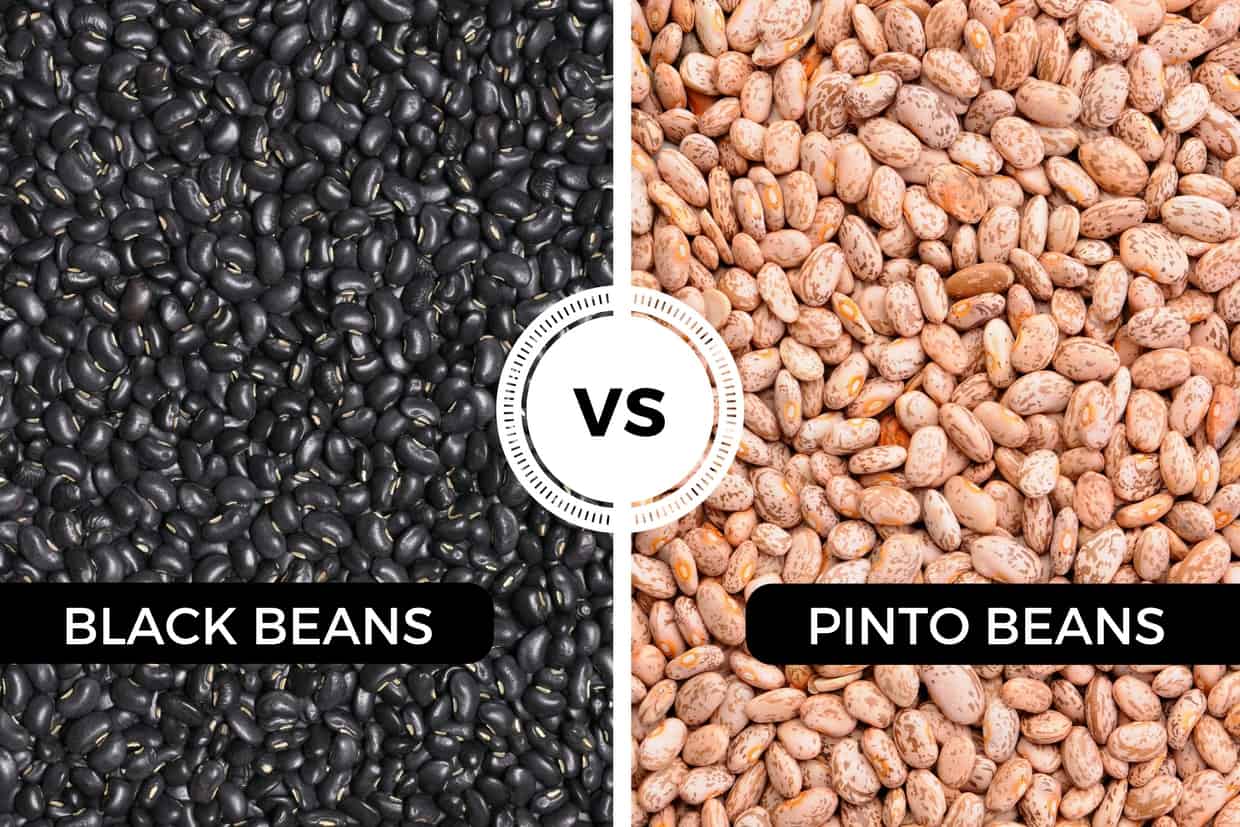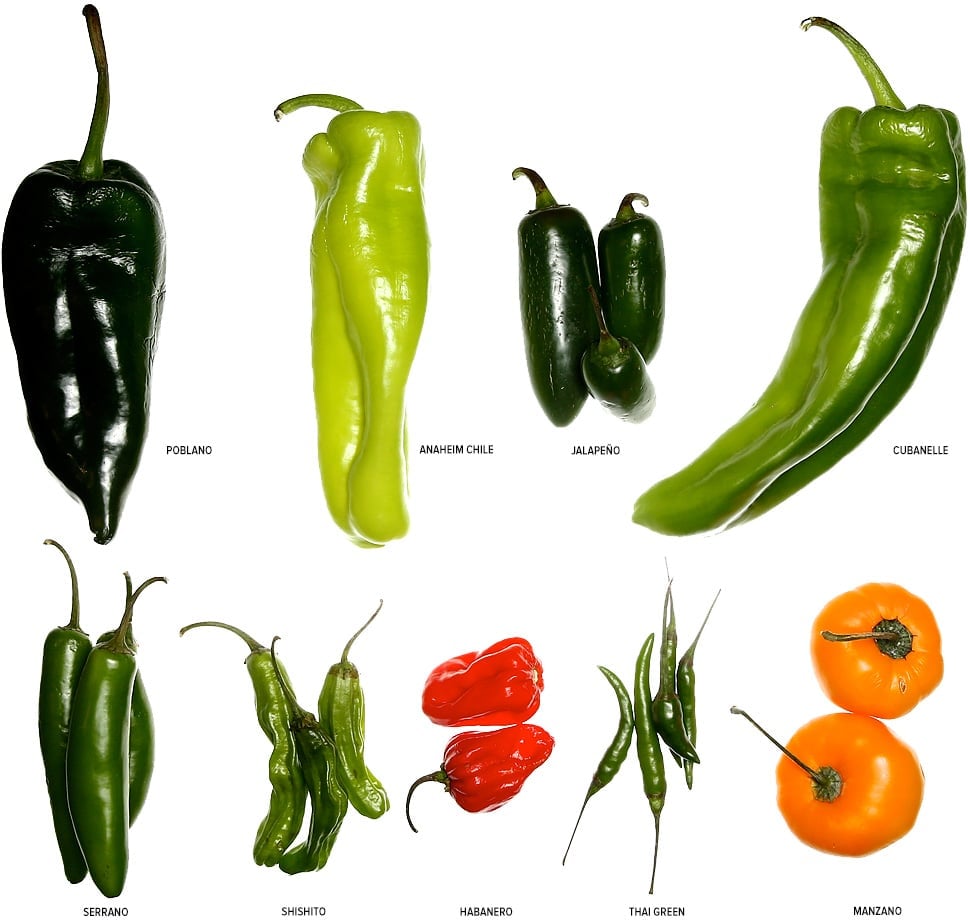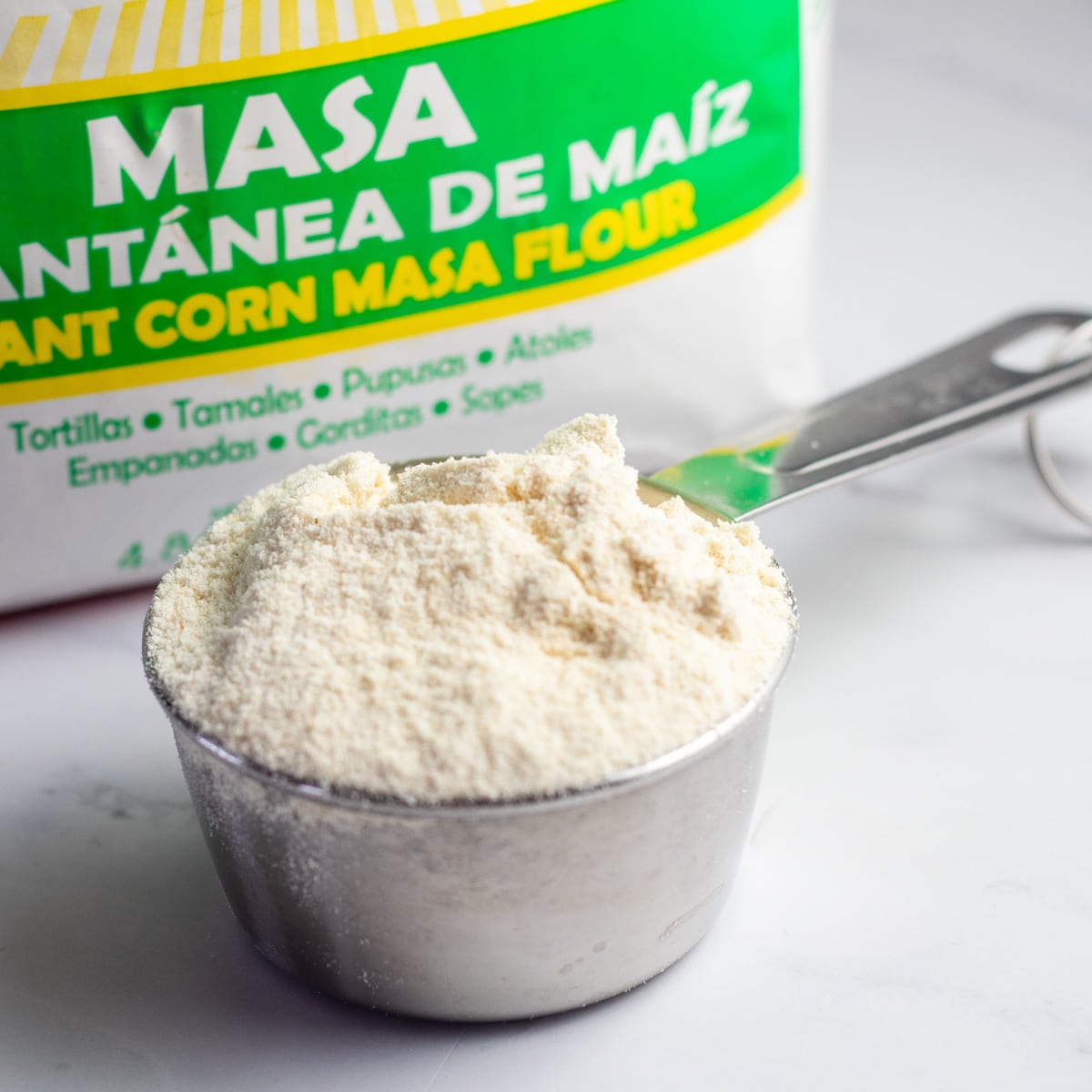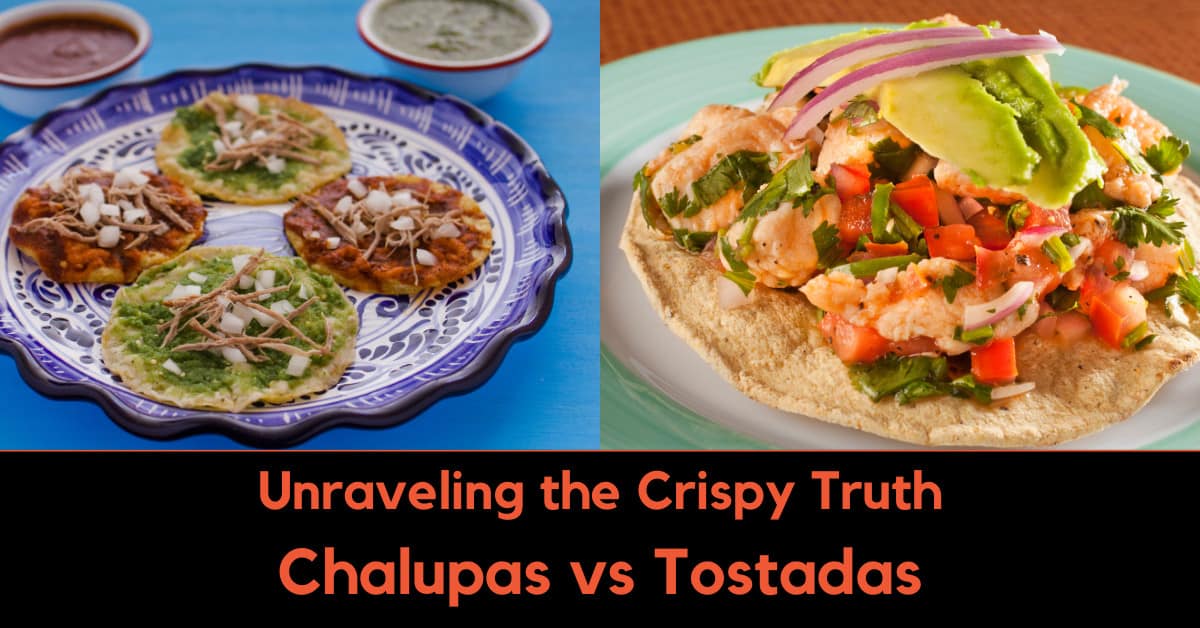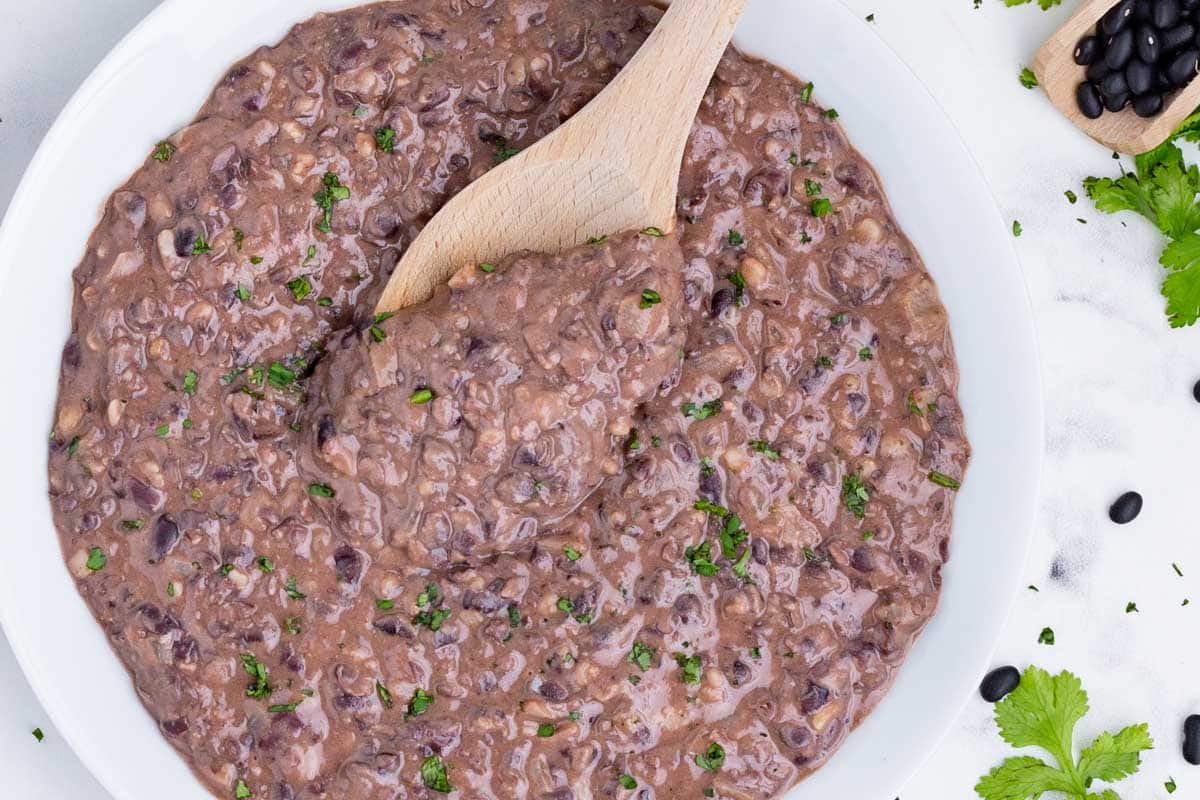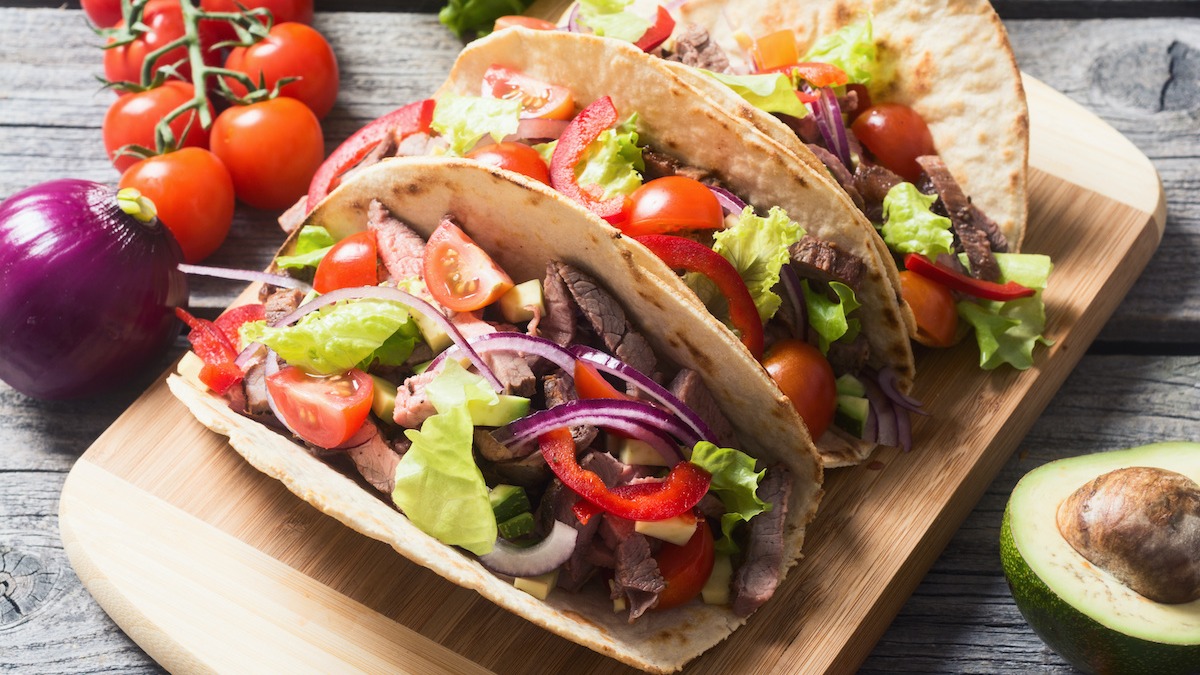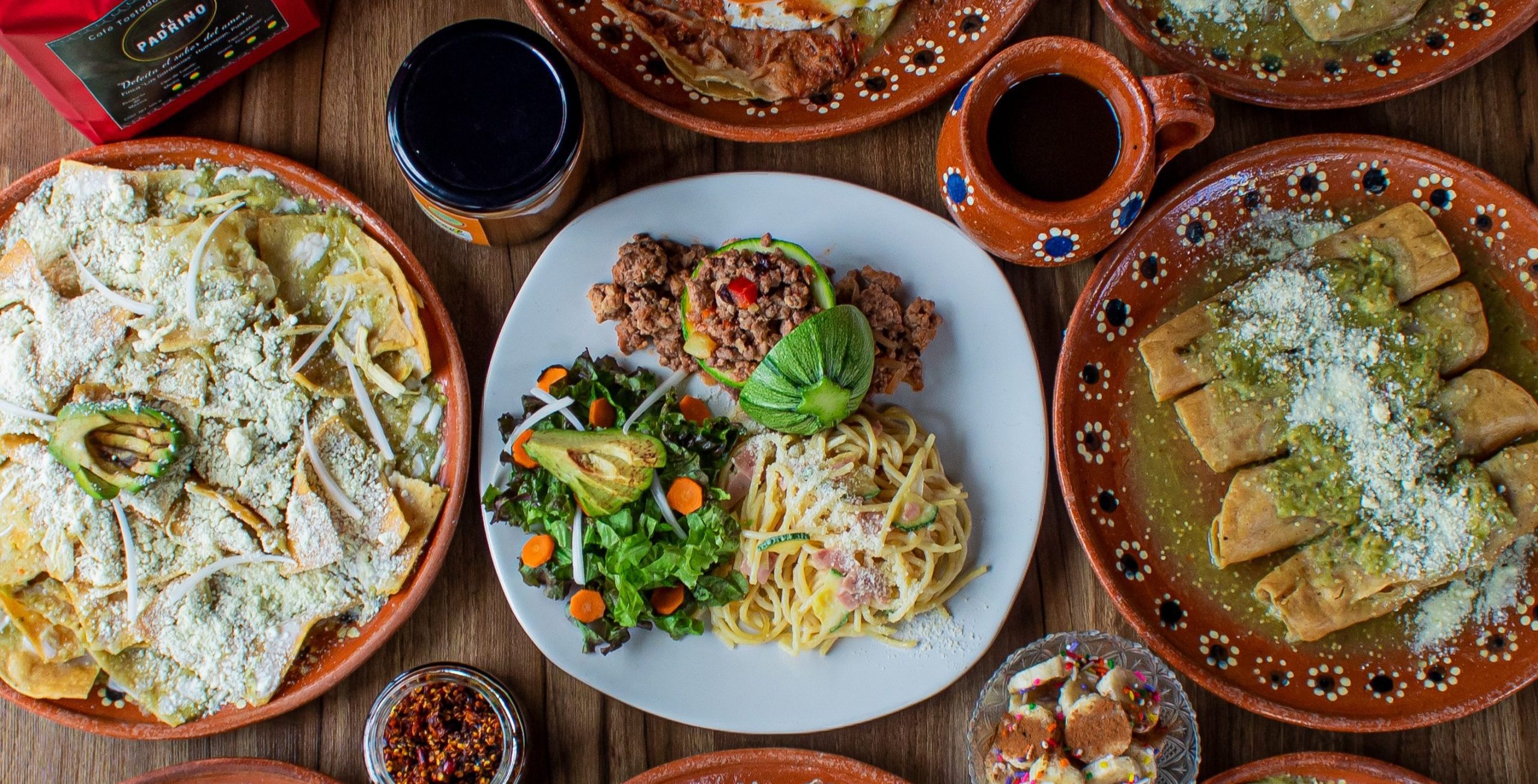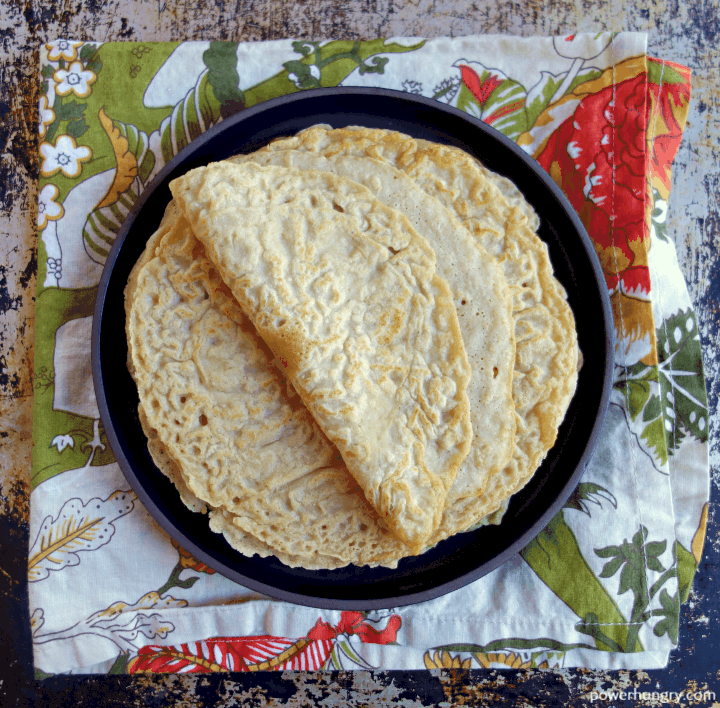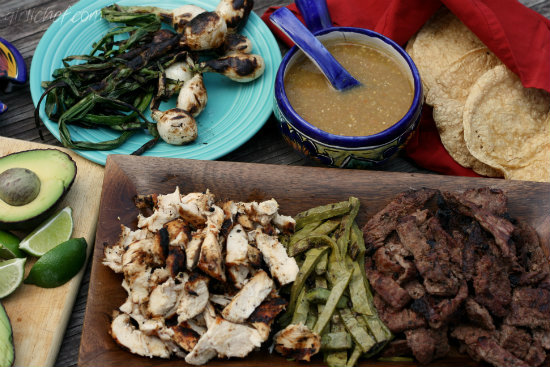Dried Jalapeno: An Exploration of Flavor and Preservation
– Drying jalapeno peppers is a popular way to preserve them.
– Jalapenos have thick walls and moderate heat levels, making them a common choice for spicy peppers in North America.
– There are several methods for dehydrating jalapenos, including using a food dehydrator or an oven.
– A food dehydrator is recommended for better results in maintaining the green color of the peppers.
– Dehydrating jalapeno peppers in the oven can cause unwanted cooking and is not cost-effective.
– Air drying may not work well in humid climates as peppers may grow mold before drying completely.
– The ideal method for dehydrating jalapenos is to use a food dehydrator, specifically the Excalibur 2400.
– Steps for dehydrating jalapenos in a dehydrator include selecting peppers, washing and drying them, slicing them, arranging them on dehydrator trays, setting the temperature to 125°F, and dehydrating for 6-10 hours.
– Dehydrated jalapenos can be stored for up to a year when stored properly.
– It is important to check dried jalapenos for any signs of mold before consuming.
– Making jalapeno pepper powder requires dehydrating the peppers until they become brittle and then pulsing them in a grinder or blender.
– Rehydrating dried jalapenos involves submerging them in hot water for 10-15 minutes.
– Other methods of preserving jalapenos include pickling, freezing, and making hot sauce.
